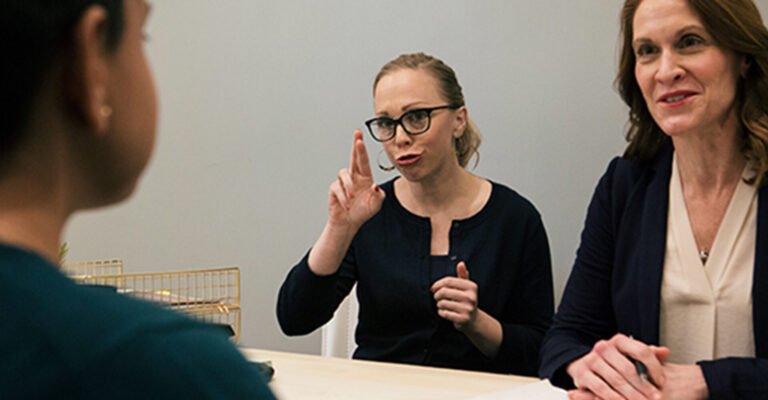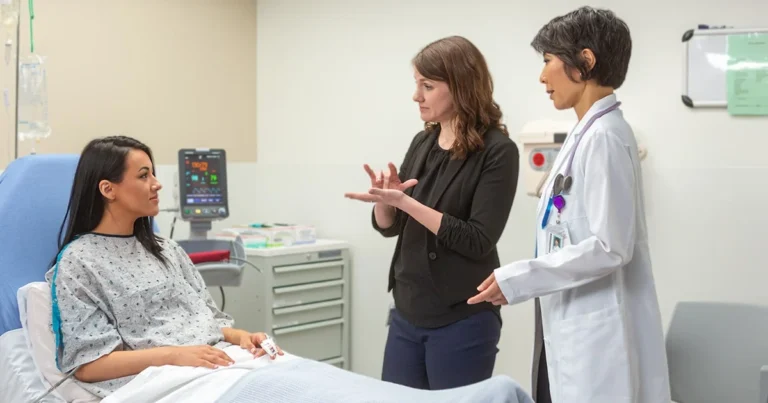Many hearing individuals often associate Deafness with a perceived lack: a lack of sound, speech, or access. But these assumptions often completely overshadow a fundamental truth. Deaf people are not broken individuals in need of repair. They are a rich cultural-linguistic community with their very own language, a proud history, and deeply cherished values.
Since the early 19th century, the Deaf community in the U.S. has diligently built their own schools, churches, clubs, theaters, poetry, storytelling, and powerful advocacy movements. What truly unites Deaf individuals isn’t the absence of sound but the powerful presence of a visual-based worldview where sign language, direct eye contact, expressive facial expressions, and keen spatial awareness are the foundations for existence, connection, and profound self-expression.
Labeling Deaf people as a disabled group often reflects a medical model, which unfortunately views difference as a problem to be fixed. In stark contrast, the Deaf community enthusiastically embraces the cultural-linguistic model, recognizing Deafness as a natural, vibrant part of human diversity. Deaf individuals don’t seek to become hearing. They passionately seek recognition, deep understanding, and equitable access to society through their native language, ASL.
This isn’t just about language; it’s about power. When Deaf individuals are forced to communicate through writing or speech—methods that fundamentally don’t belong to them—they’re sadly excluded from full participation and crucial decision-making. An English translation may simply not convey the rich emotional and contextual meaning ASL offers. But when Deaf people access information in ASL, they feel truly seen, deeply empowered, and genuinely heard.
Providing ASL interpretation instead of relying solely on captions or written text is far more than just a technical fix. It is a clear, resounding commitment to equity and inclusion. When organizations thoughtfully implement ASL services, they profoundly acknowledge Deaf individuals’ language, communication, and cultural identity. It is a concrete, powerful step toward a fairer and more inclusive society for all.
Let’s stop viewing Deafness through the limiting lens of deficiency and, instead, recognize it as an incredible asset. Not for what might be perceived as missing, but for what has been remarkably created: a rich visual culture, a dynamic language, and a resilient community thriving brilliantly against societal barriers.

